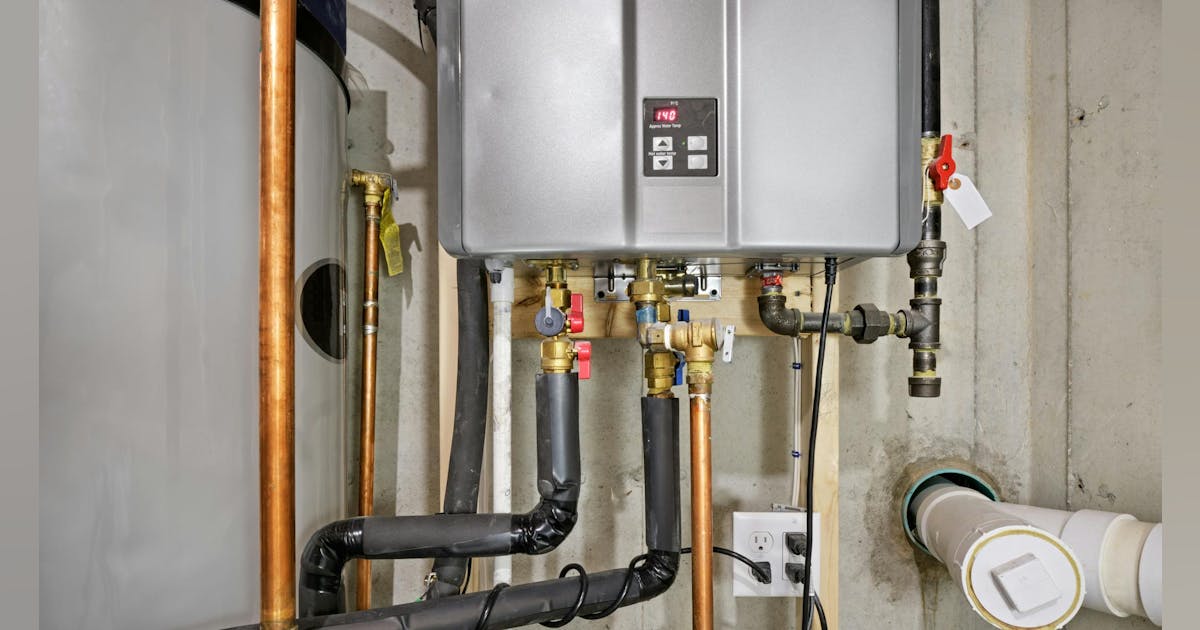
Recurring Revenue, One Flush at a Time: The Business Case for Tankless Maintenance
In hard-water regions, scaling can reduce water pressure, clog narrow tubes, and lead to total heat exchanger failure. Traylor recalls one instance where a heat exchanger began leaking just four months after a flush—proof that in areas with poor water quality, descaling may need to occur more frequently than annually.
David Williams, owner and operator of Plunger Pros Plumber & Drains, routinely depends on the Haymaker system in his fieldwork: “Whenever I encounter a calcium clog, I reach for the Haymaker solution in the kit. It consistently cleans out the blockage without fail.
“It has helped with maintenance,” he continues, “especially since we have contracts with customers to perform yearly flushes. Having the kit means I don’t have to worry about its effectiveness. It does what it needs to do without any issues, consistently delivering results.”
Traylor adds, “Clients call me and note the differences in their water after the flushing. One recently told me: ‘Before you descaled my unit, our water would come out yellow and never get hot enough. Now, the water is clear, and the hot water is coming out much faster.’”
If you are looking to expand your service offerings, consider making tankless water heater maintenance a core part of your business model. The recurring nature of flushing makes it ideal for scheduling follow-ups, especially if you’re already managing water filtration, HVAC service, or drain cleaning.
Setting up simple reminder systems—whether email, calendar invites, or CRM automation—ensures you stay top of mind with clients. Some companies even offer “preferred customer” plans that include annual maintenance as part of a subscription.
Building trust and maintaining visibility are key. A company that services units responsibly, without pushing unnecessary replacements, is more likely to earn future business from satisfied homeowners.
Educating Customers
One of the strongest arguments for routine maintenance is its role in customer education. Explaining the “why” behind flushing helps homeowners understand the stakes. Without regular service, scaling can not only slow a system—it can corrode internal components, shorten the unit’s lifespan, and increase energy consumption.
This is especially true in hard-water areas, where descaling may be needed twice yearly. You should always refer to the manufacturer’s recommendation, but using the “industry standard” of annual service as a baseline is a good practice. Suggest testing local water quality to determine a more precise schedule, if possible.
How Often Should You Flush?
Industry best practice—and most manufacturer warranties—recommend annual flushing. However, frequency should be adjusted based on local water conditions:
● Hard water areas: Consider flushing every six months.
● Moderate-to-soft water areas: Annual service is usually sufficient.
● Unknown water quality: Test or err on the side of more frequent maintenance.
Warning Signs That It’s Time to Flush
Educate homeowners to watch for:
● Fluctuating water temperature
● Reduced water pressure
● Unusual noises (popping, gurgling)
● Slow hot-water delivery
● System error codes
Spotting these signs early can prevent major repairs—or even total system failure.
Other Key Maintenance Tasks
While flushing (descaling) is often considered the primary maintenance task, a full-service inspection typically includes several essential components:
● Clean the inlet water filter, which traps debris before it enters the heater. A blocked filter can reduce water flow and increase system wear.
● Check the air intake filter if the model includes one. This filter prevents debris from entering the combustion chamber, so failure to maintain it can restrict airflow, negatively affect burner performance, and potentially trigger error codes.
● Inspecting venting and combustion components is crucial for safe operation. Visual checks for blockages, such as bird nests or cobwebs, help ensure compliance with safety standards.
● Test the pressure relief (T&P) valve, a critical safety feature that releases water if pressure or temperature exceeds safe limits. A leaking or malfunctioning valve may indicate internal issues.
● Monitor any error codes or diagnostic alerts displayed by the system, as these can indicate underlying problems.
● Review system settings and firmware, if applicable, to prevent issues and ensure that the unit operates correctly, reducing the likelihood of needing repairs.
Building a Better Maintenance Culture
Tankless water heaters are reliable and efficient when properly maintained. Yet, as with many behind-the-scenes systems, homeowners often neglect them until something goes wrong. Contractors who offer recurring service agreements provide a valuable safety net.
By educating customers, using safe descaling solutions, and building annual check-ins into your service model, you’ll create long-term relationships and ensure your customers’ systems continue to perform as promised.
The smartest service pros aren’t just fixing problems—they’re preventing them. And that’s what keeps customers coming back.
Post a Comment
You must be logged in to post a comment.





